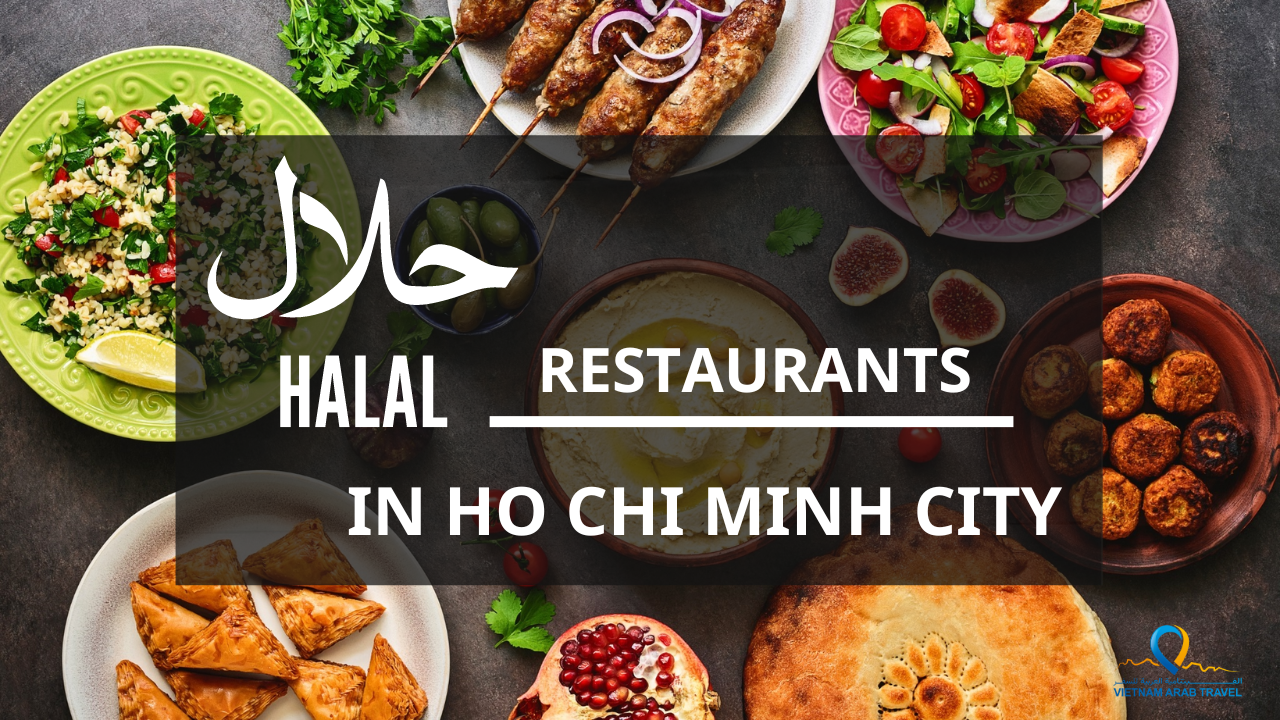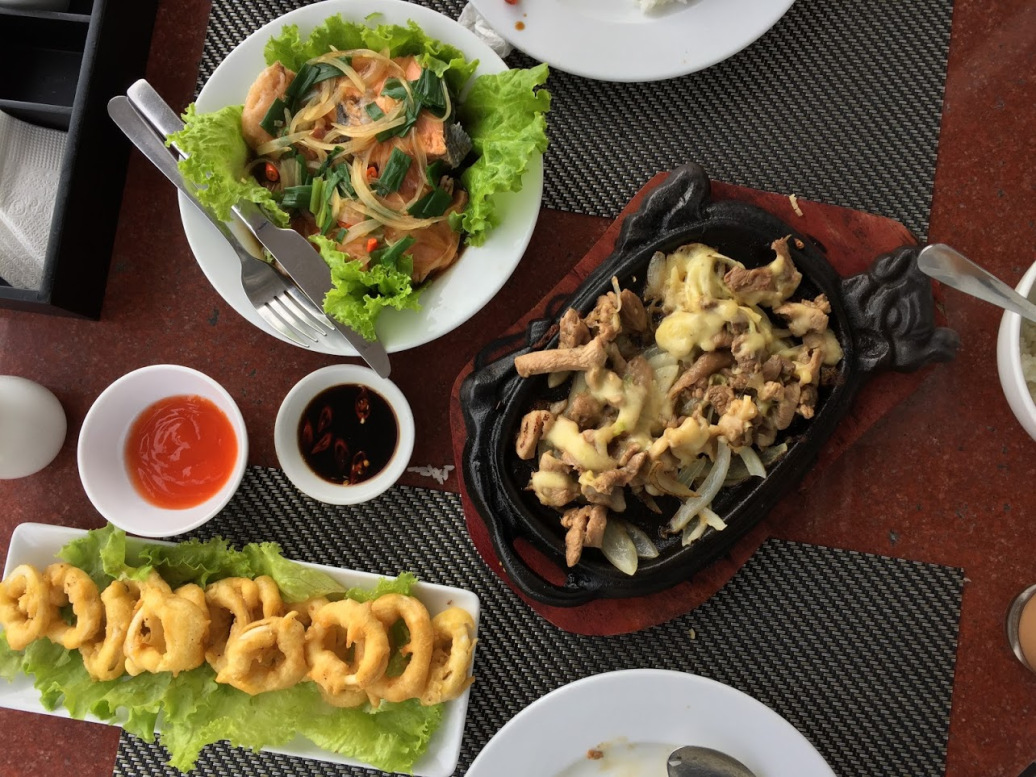Moroccan Beauty Secrets You Can Try at Home


Morocco lies at a crossroad between Africa, Europe and the Middle East. This North African country is well known for its sumptuous traditional cuisine and diverse wanderlust landscapes, but did you know that people around the world are increasingly interested in Morocco’s centuries-old beauty secrets?
Moroccan women are known to respect and adhere to ancestral beauty traditions using only natural products and treatments. Throughout the ages, they have relied on natural herbs, oils and extracts known for their amazing health and beauty properties.
The Amazigh people, indigenous to Morocco, were the first to utilize various plants and herbal mixtures as beauty remedies and cosmetics. Later the Arabs arrived, bringing their own Middle Eastern beauty traditions by way of ancient trade routes.
The fusion of these influential cultures resulted in creative natural beauty treatments that promote flawless, glowing skin and lustrous, healthy hair. Over time, influences from the Saharan desert, Africa and Europe also became part of Moroccan beauty traditions.
Morocco is home to many trees and plants that provide essential oils, essential waters, and other mixtures for enhancing beauty. Among them are the olive tree, almonds, bitter oranges, roses, lavender, prickly pear, and argan tree.
Perhaps the most famous of these is the argan tree. Argan oil is well known for its anti-aging properties and as a skin and hair treatment, and is widely used and distributed throughout Morocco and now the rest of the world.
Below we’ll take a look at argan oil and other traditional Moroccan beauty secrets you may want to try at home.
Argan Oil – Morocco’s Liquid Gold

Cosmetic Argan Oil. Photo: luisapuccini | Bigstock.com
Extracted from the kernel of the fruit of Morocco’s indigenous argan tree (Argania spinosa), argan oil is a natural beauty product that has become famous worldwide. Argan trees primarily grow in the semi desert Sous valley of Southwestern Morocco.
The traditional method of obtaining argan oil is a laborious process. One by one, the pits or “nuts” of the fruit are hit between rocks to reveal the kernels, which are then ground in a stone mill to extract the oil. This painstaking hand extraction process continues at a number of cooperatives in southern Morocco, providing a valuable source of income to local women.
In modern times the oil might be extracted by machine, helping save time and manual labor. Worldwide demand for argan oil is growing rapidly. The size of this market was valued at USD 22.9 million in 2019 and is expected to expand by 10.8% over the next seven years.
How to Use Cosmetic Argan Oil
Argan oil is often called Moroccan “liquid gold” due to its numerous health and beauty benefits. In addition to moisturizing the skin, it can be used to treat multiple conditions including dry skin, eczema, burns and infections.
To use cosmetic argan oil on the skin, all you need is one to two drops as it’s very potent. Simply add the drops to your palm and massage into your face in small, round circular motions. After absorption, your face will feel soft and smooth.
To use on the hair, put a few drops of cosmetic argan oil onto your fingertips, then run your fingers through your hair from the roots to the tips. This will not only help your hair grow, but also treat split ends. Massaging argan oil into the scalp can boost scalp health.
Culinary Argan Oil
Culinary argan oil is obtained by roasting the kernels before extracting the oil. This polyunsaturated oil is deeper in color than the cosmetic oil, has a mild, nutty flavor, and is packed with nutritional benefits and antioxidants.
In Morocco, culinary argan oil is enjoyed as a dip for bread or is drizzled onto food as a finishing oil. It might also be used in tagines or other dishes cooked at low temperature, and it’s a key ingredient in amlou, an almond and honey spread or dip.
Moroccan Black Soap – Sabon Beldi

Moroccan Black Soap (Sabon Beldi). Photo: Christine Benlafquih | Taste of Maroc
Moroccan black soap (sabon beldi or savon noir) is a brown soft soap made from pureed black olives, glycerol, essential oils and plant extracts. Every region in Morocco has its own exclusive recipe with its own unique additions of plants and oils.
Locals usually buy sabon beldi from Moroccan spice and herb vendors called ‘attars. It’s sold by the dirham or weight, scooped from a tub into a clear plastic bag, and then transferred to a jar or plastic container at home.
More expensive commercial varieties of Moroccan black soap, professionally packaged in jars, can be found in supermarkets and boutiques. The packaged soaps list all the ingredients, whereas the unlabeled bulk soap doesn’t.
How to Use Black Soap to Exfoliate
Moroccan black soap is famously used to help exfoliate the skin. Rich in Vitamin E, it softens the skin and cleanses it while adding moisturizing nutrients. Some versions contain lavender oil, others rose oil; in fact, you can find black soaps containing many different extracts.
Black soap is scooped onto the hand and lathered onto the body. It’s left on for at least a few minutes for maximum benefits, then washed off. Next the body is scrubbed to remove dead skin cells. This leaves the skin glowing, clean and extra smooth and soft.
Other Uses of Savon Noir
While its primary use is to aid in exfoliation, many Moroccans also use black soap for household tasks such as scrubbing and brightening aluminum pots and pans or cleaning marble floors. And, according to French soap maker Le Savonnier Marseilllais, liquid black soap has additional uses including in the garden to prevent aphids or on animals as a natural and gentle shampoo.
Moroccan Hammam – Turkish Bath

Hammam or Turkish Bath. Photo: Sabine Lange
Going hand-in-hand with sabon beldi is the hammam, or Turkish Bath. In Morocco, the hammam is a wood-fueled bathhouse that produces steaming hot water and a sauna-like atmosphere for its visitors, who come to purify their bodies and scrub off dead skin cells on a regular basis.
Traditionally, Moroccans will visit the hammam at least once a week, where they will not only exfoliate their skin, but also gather with friends and socialize while participating in bathhouse cleansing and beauty rituals.
Small neighborhood hammams tend to be modest structures that primarily serve locals. In poorer neighborhoods where some homes may not have hot water, visits to the hammam are necessary for basic bathing.
Larger, modern hammams may offer a more luxurious spa-like atmosphere and cater to wealthier Moroccans, foreign residents and tourists.
A hammam is traditionally built with three open rooms: a hot steam room for heating up the skin; a warm room for scrubbing and exfoliation; and another warm room where bathers rinse before leaving. However, some modern bathhouses may have only one great big steam room.
Men and women always bathe in separate areas or on separate days of the week. Even though Morocco is a very conservative society, people strip down to their undergarments when bathing at the hammam, in full view of fellow patrons. Because the genders are separated, this is culturally not a problem. However, some spas and hammams do offer private steaming and bathing rooms.
What to Expect at a Hammam
If you visit a small neighborhood hammam, you’ll need to bring all your own essentials and personal hygiene products, although some hammams might sell black soap, disposable razors or other toiletries.
Upon entering higher end bath houses, however, first-time visitors may be given the products necessary for a hammam cleanse including an exfoliating glove, a bucket, and some black soap. One must bring their own plastic sandals and perhaps a towel or two, and they will be given a disposable thong if needed in lieu of undergarments.
After wetting and steaming their skin, hammam visitors can pay an attendant a small fee to scrub and exfoliate their entire body, or they may do it themselves. It’s also common that friends or family members will scrub each other’s backs.
Exfoliation is followed by normal bathing, shampooing, grooming and rinsing, then getting dressed and relaxing a while, sometimes with Moroccan mint tea, before venturing outside to return home.
Turkish Bath Exfoliation at Home

Try a hammam-like exfoliation at home. Photo: Sascha Westendorp
To set up a hammam-like exfoliation at home, you will need an exfoliating glove (kessa or kees), some black soap, a bucket, a small pail or large cup, hot water, and the soap, shampoo and other products that you normally use to shower. A hot, steamy bathroom will help the process along.
First, fill the bucket with water as hot as you can handle. Then, using the small pail, splash your entire body with hot water until you feel that your skin is well-heated.
Next, take some black soap and cover your entire body with it. Leave on for a few minutes, then rinse off.
Now comes the part that foreigners find difficult. Take the exfoliating glove and scrub your entire body. You can start with your arms, a section at a time. Hold the glove firmly to your skin, then maintain that pressure as you rub up and down, repeating several times until you see some gray dead skin rolling off.
This might feel a little rough, but it’s the only way to remove those layers of dead skin. After scrubbing your upper then lower arms, start at the neck then work down, scrubbing your chest, stomach, sides, buttocks, and down each leg. Rinse frequently while you’re doing this.
After your whole body has been exfoliated and is completely clean of dead skin, give it a final rinse with warm water. You can then shampoo your hair, shave your legs, and do all the other self-care rituals that you normally do while bathing.
After the skin exfoliation, when you dry off and get dressed, you will feel like your skin is unbelievably clean, smooth and super exfoliated. You might also feel a bit drained of energy. This is normal after a long, steamy hammam experience.
Rhassoul – Moroccan Red Clay

Rhassoul Clay (Moroccan Red Clay) is used for skin and hair. Photo: Christine Benlafquih | Taste of Maroc
Moroccan red clay (rhassoul or ghassoul) is mineral rich clay that’s mined exclusively from the Atlas Mountains. The word “rhassoul” in Arabic means “to wash”, and Moroccan women have long used the clay as a beauty treatment for their skin and hair.
Rich in magnesium and potassium, the Moroccan clay’s molecular structure and negative charge enables it to draw excess oil, dirt and other impurities and toxins out of skin and hair. This makes it a great deep pore cleanser, plus its abundant minerals nourish and smooth the skin.
How to Use Rhassoul Clay
In Moroccan markets, rhassoul clay is usually sold in chunks or as a coarse powder. Commercially packaged red clay is also available. In either case, large pieces of clay should be crushed before they’re mixed with water and used as described below.
Cleansing Face Mask
For a brighter, more even skin tone, mix rhassoul clay with rosewater or regular water to make a paste. Apply the mixture to your face and neck (avoiding the eyes) and allow it partially dry for about five minutes. When the edges of the mask begin to dry, rinse off with lukewarm water.
Make sure that you don’t leave the clay mask on your face so long that it fully dries. I’ve tried this and washing off becomes rather painful because the dry clay adheres to the skin at that point.
Used once a week, a ghassoul clay mask is the perfect deep cleanser to give your skin improved texture and glow. However, it may not be suitable for sensitive or dry skin.
Hair and Scalp Treatment
Rhassoul clay is also used by Moroccan women to cleanse and detox their hair and scalp, and help soften and relax natural textured hair.
To use as a shampoo and hair treatment, make a paste as described above, adding in essential oils if desired. Rub the paste into your scalp and distribute it evenly throughout your hair. Leave for five minutes, then rinse well.
Note that because Moroccan red clay is alkaline, your hair might lose some luster after use. To restore shine, be sure to follow up with an apple cider rinse, conditioning oil or shine-enhancement treatment.
Henna

Henna Powder. Photo: Andrey “A.I.” Sitnik | Wikimedia Commons
Henna powder, which is green with a grass-like scent, is ground from the leaves of the henna tree. When mixed with water or another liquid, will can be used as a natural stain or dye that’s orange to reddish-brown in color.
Not only is henna famously associated with henna tattoos, but Moroccan women also use it as a skin and hair treatment or hair dye. You’ll even see some Moroccan men with henna-dyed hair or beards.
Henna Tattoos
Moroccan women traditionally adorn themselves with a variety of henna tattoos for special occasions, holidays, festivals, and other special events, especially bridal parties. The Moroccan henna styles range from very simple to very intricate and are usually applied to the hands and feet.
Floral henna tattoo styles are popular throughout most of Morocco but in Southern regions, the tattoos are often drawn in geometrical shapes like squares, diamonds and arrows.
To make the tattoos, a henna artist will make a paste by mixing henna powder with apple cider vinegar, lemon juice, or another acidic liquid which helps make the tattoos darker and longer lasting. The paste is put into a syringe or bottle, and applied with a needle tip onto the surface of the skin, where the design is left to dry. The longer the henna sits, the darker the stain will be once the henna is washed away.

Henna Tattoo. Photo: Mehndi Training Center
Henna as a Hair Dye
Henna is also used as a natural hair dye and treatment for both men and women. Packs of henna hair dye are sold in markets and souks throughout Morocco and are sometimes preferred to commercial hair dyes, which may contain harmful substances.
To give the hair red highlights, paprika can be added to henna powder before it is mixed to a paste with warm water. It’s applied to the hair then covered with a plastic cap and left to dry. Sometimes it will be left on overnight and washed out in the morning. Not only does it change gray hairs to reddish hues, but it also softens the hair and strengthens it.
Henna as a Skin Treatment
Henna can also be used to a skin treatment to cleanse, repair and soften the skin. In fact, you’ll sometimes see Moroccan women with their hands and feet stained orange as a result of applying henna to condition their skin.
To avoid the stain, colorless henna can be used as a face and body mask. The colorless henna is mixed with turmeric and water to make a paste, then applied evenly over the face and body. When the mask is dry about a half hour later, it’s washed off with warm water and the skin patted dry.
Akar Fasi – Poppy and Pomegranate Powder

Small Moroccan clay dishes stained with Akar Fasi. Photo: Christine Benlafquih | Taste of Maroc
Akar Fasi (also akar fassi, aker fasi or aker fassi) is a ground red or pink powder extracted from poppy flowers and pomegranate rinds. It’s sold by weight or in small packets, and is used as a natural skin and hair treatment as well as a cosmetic.
In Morocco, you’ll also find it for sale as shown above — as a small clay dish which has been stained red with the powder. To release the color for cosmetic use, simply dab the stained dish with a little water or rosewater.
A Natural Cosmetic
Akar Fasi deserves further mention as a cosmetic. Since well before the advent of lipsticks and blushes, Amazigh women have traditionally been applying the powder to their faces as a rouge for the lips and cheeks. To try this yourself, mix a little Akar Fasi powder with some rose oil and apply in small amounts.
Hair and Skin Treatment
Because Akar Fasi contains antioxidants, flavonoids and alkaloids, it can help soothe and calm irritated skin. It’s also used as a a natural skin and hair softener, particularly at the hammam.
To soften and brighten the skin, women mix Akar Fasi with water and rhassoul clay to make a body mask. The mask is left on for half an hour, then washed off.
To make the hair soft and give it sheen, the powder is mixed with henna and water and applied to the hair as a paste. It’s left for 30 minutes and then washed off.
Scented Waters

Scented water. Photo: Gundula Vogel
Moroccan women have long used scented waters as perfumes, skin treatments and as culinary ingredients in the kitchen. Some families even make their own scented waters at home using a traditional copper still.
Here we’ll take a look at the two most popular scented waters, rose water and orange flower water.
Moroccan Rose Water

Dried rose buds for sale in Morocco. Photo: Christine Benlafquih | Taste of Maroc
Every spring, at the base of the Atlas Mountains, women get up before dawn to pick countless pink roses by hand. They work quickly to avoid the sun so that the roses stay fresh and fragrant.
This place is called The Valley of Roses, and the Persian and Damask roses that the women harvest will be used to make essential oil and rose water.
How to Use Rose Water
Rose water is used in Moroccan beauty regimes as a skin softener, toner, and perfume. In the kitchen, it’s used as a flavoring. It takes ten tons of petals to produce a few liters of this aromatic water.
Rosewater is applied to cotton balls and gently wiped over the face as a gentle makeup remover. With anti-inflammatory properties, it is also known to soothe skin and remove blemishes.
Moroccan women also spritz pure rosewater onto their skin generously after a vigorous scrub at the hammam. Or, they might scent their hands with it following a meal.
Better quality brands of rose water are packaged in dark spritz bottles. When stored, rosewater should be kept in a cool, dark place to preserve its active ingredients.
Moroccan Orange Blossom Water

Orange flower water (orange blossom water or Neroli water) is distilled from the fragrant bitter orange flowers of North Africa. It’s a common aromatic ingredient in Moroccan cuisine, showing up in dishes such as Carrot and Orange Salad and pastries such as Almond Briouats.
A little known fact is that orange blossom water is also used as a skin toner, specifically to treat and prevent acne due to its mild astringent and antibacterial properties. Moroccan women with oily skin regularly use orange blossom water to tone their skin after face washes and mask treatments.
To use the floral fruit-scented water this way, simply dab some onto a cotton ball or makeup pad and gently rubb onto the entire face, avoiding the eye area. It not only soothes and calms the skin, but also encourages regeneration.
Moroccan Essential Oils

According to the International Trade Center, essential oils and extracts produced in Morocco are extracted from both wild and cultivated crops; the majority of these are wild. The harvests are usually organized by cooperatives, who sell the crops and oils to companies.
Apart from argan oil, which was already covered earlier in the article, the following three essential oils are used very often for beauty enhancement.
Lavender Oil

Photo: Hans Braxmeier
Dried lavender and lavender oil are often sold at neighborhood spice and herb vendors. Not only is lavender antibacterial, it also has a soothing relaxing scent.
Cultivated mainly in the mountainous Southwestern regions of Morocco, lavender has been an essential part of Moroccan households for ages. I’ve lived in Morocco for a long time, and have seen women using lavender on both skin and hair to treat all types of conditions and ailments.
Lavender oil is usually used in its pure form by Moroccan women. However, for sensitive skin, one can mix a few drops of lavender oil with a teaspoon of almond oil before applying directly to scalp, hair or skin.
As a beauty treatment, lavender oil is used to boost hair growth, maintain a healthy scalp, and to help fade scars. It’s added to black soap for skin scrubbing and cleansing, and is used as an antibacterial treatment for the skin.
In addition, Moroccans use lavender essential oil to treat and prevent head lice, and they rub it on babies’ bellies, backs and feet to treat colic.
The essential oil is used as an air freshener, and it’s a favorite additive to soaps and cleaning products.
Dried Lavender
In the countryside, I’ve seen bunches of lavender hanging upside down along property walls. Once dry, it’s put to many uses. As example, dried lavender is often sprinkled under handwoven carpets to add a floral fragrance to traditional Moroccan living rooms.
Dried lavender can also be used to make an herbal tea to promote uterine health or to calm one’s nerves. It’s important to note, however, that lavender tea is not safe to use during pregnancy.
Almond Oil

Raw Almonds. Photo: Marina Pershina
Almonds are indigenous to Morocco and cultivated in many regions. According to the WorldAtlas website, Morocco produces 112,681 tons of sweet almonds a year, making it one of the world’s top almond producing countries.
Sweet almond oil is favored over bitter almond oil in Morocco. High in zinc, almond essential oil is great for treating dry skin and moisturizing hair. It also contains Vitamin A, which aids in healing and protecting skin from UV damage.
Sweet almond oil is mild and can be applied directly to the scalp, hair and skin. It can also be mixed with argan oil to moisturize the hair and give it a sheen. And, almond oil is often used as a base oil with a few drops of other essential oils.
A well-known Moroccan doctor, Imad Meezaab, supports such uses. He says that sweet almond oil can be used for a range of beauty remedies such as moisturizing the skin and promoting hair growth. It can also be used as a massage for infants.
However, Dr. Meezab cautions customers to be careful that the oil they purchase is pure. He warns that some vendors add a few drops of almond oil to paraffin and sell it as a pure essential oil.
Prickly Pear Oil

Prickly Pears. Photo: Valter Cirillo
Prickly pear oil, also known as Barbary fig oil, comes from the seeds of the fruit of the Opuntia ficus-indica cactus. In Morocco the cactus fruit is called karmouss el hindi or “the Indian fig.”
While prickly pear oil has only recently come to the world’s attention due to its incredible anti-aging properties, Moroccan women have been extracting and using prickly pear oil for centuries. They regard it as the oil that’s richest in nutrients in the world, a treasure from their land.
The nutrients packed in this oil include Vitamin E, Vitamin K, fatty acids and antioxidants. This miracle oil delivers intense hydration to the skin, minimizes under eye circles, and treats hyperpigmentation. It soothes redness and inflammation of the skin, and helps treat and prevent acne and rosacea.
How to Use Cactus Seed Oil
One remedy for a revitalizing face mask is to take one teaspoon of olive oil, one teaspoon of honey and a few drops of prickly pear oil. Mix together in the palm of the hand, then massage into the face. Leave for half an hour, then rinse. This leaves skin clean and smooth, removes blackheads, and evens skin tone.
For overall beauty boosting benefits, mix a teaspoon of sweet almond oil with a few drops of prickly pear oil; apply the mixture as a daily skin moisturizer for the face, hands and body.
Always Select Quality Products
Moroccan shoppers almost always prefer to buy raw, unprocessed products for their beauty remedies. They tend to select unlabeled herbs and natural ingredients from local spice and herb vendors instead of commercially packaged products, and are very selective when buying essential oils.
The natural beauty remedies and products above have been proven to enhance the beauty of North African women throughout the ages. If you’d like to try some of the them yourself, be sure to source unadulterated products in their purest form. Avoid over-processed, diluted forms of natural herbs and extracts which may contain harmful additives.

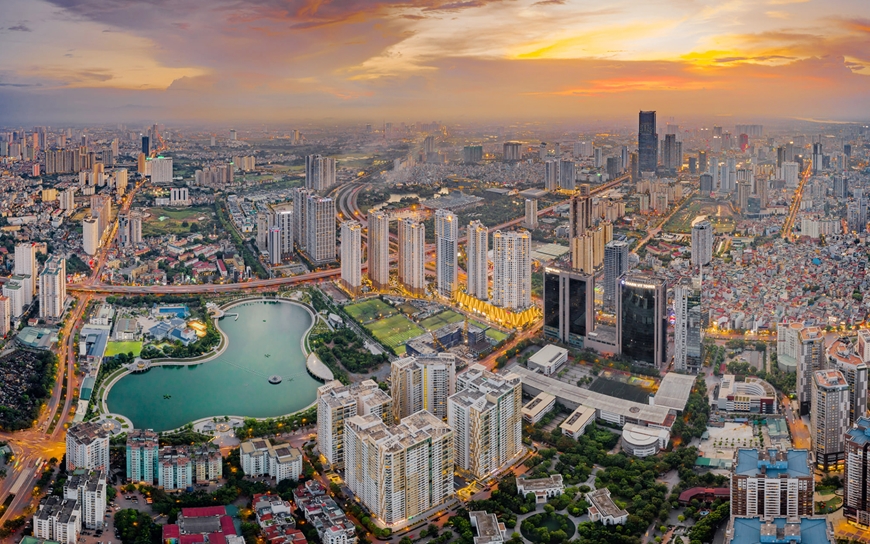


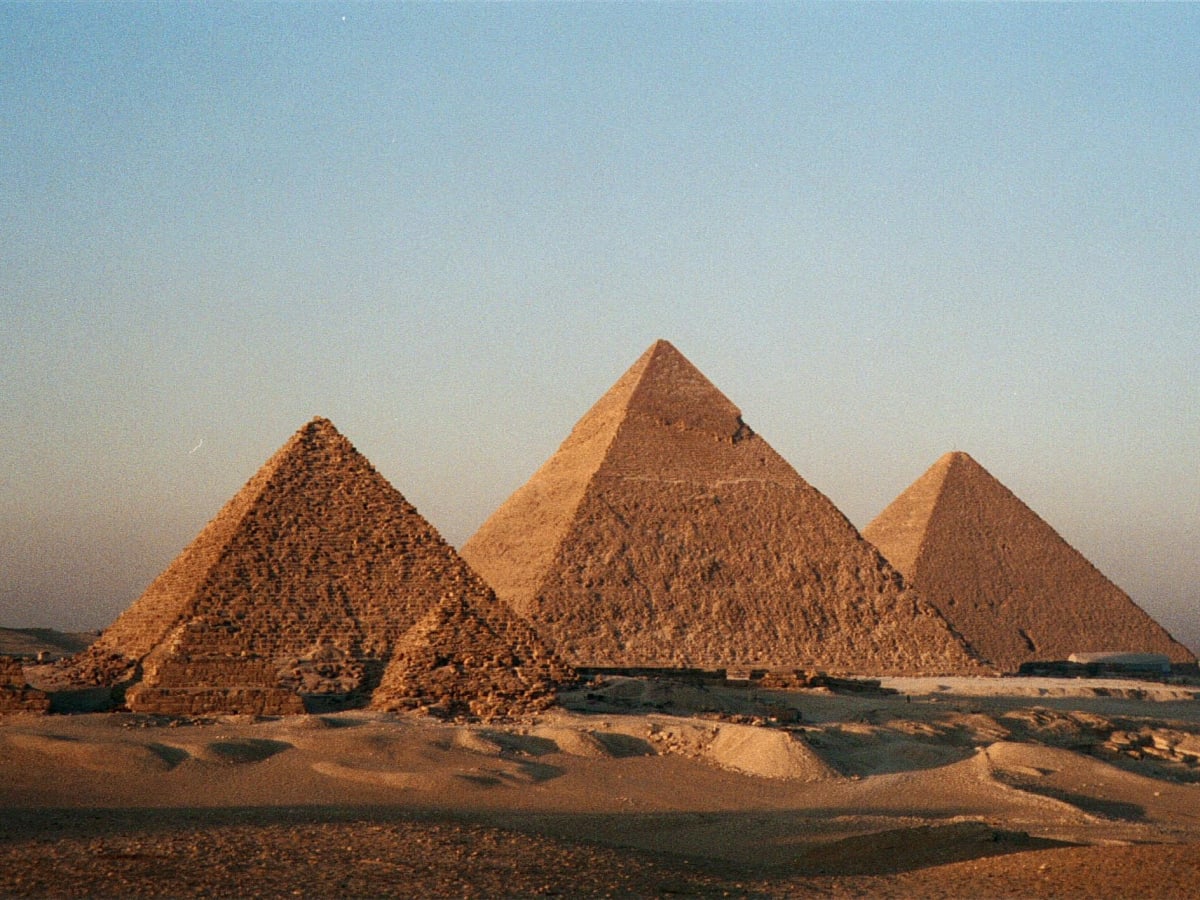
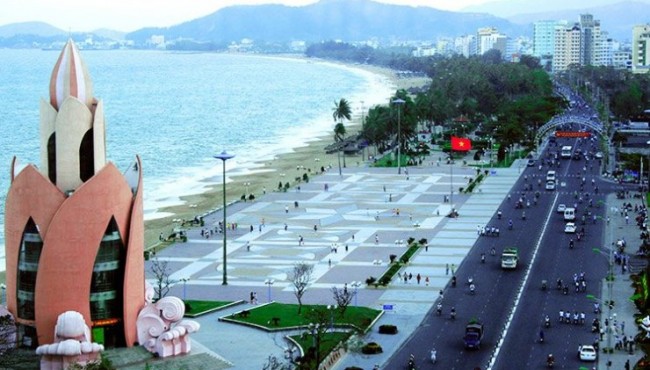
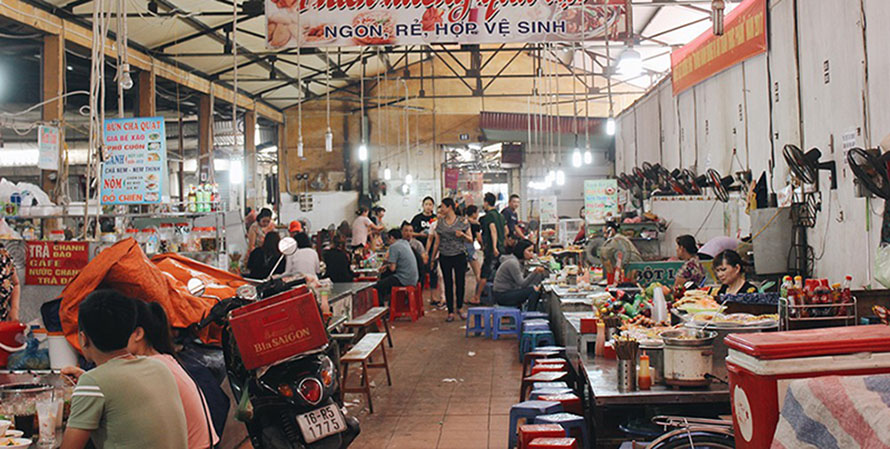

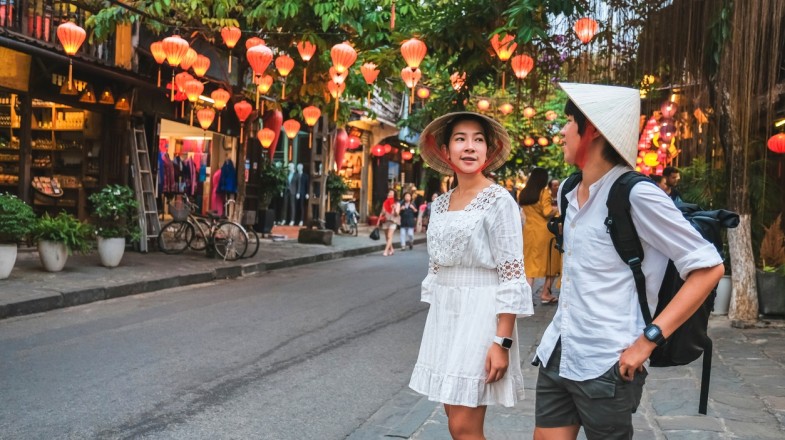

.png)
